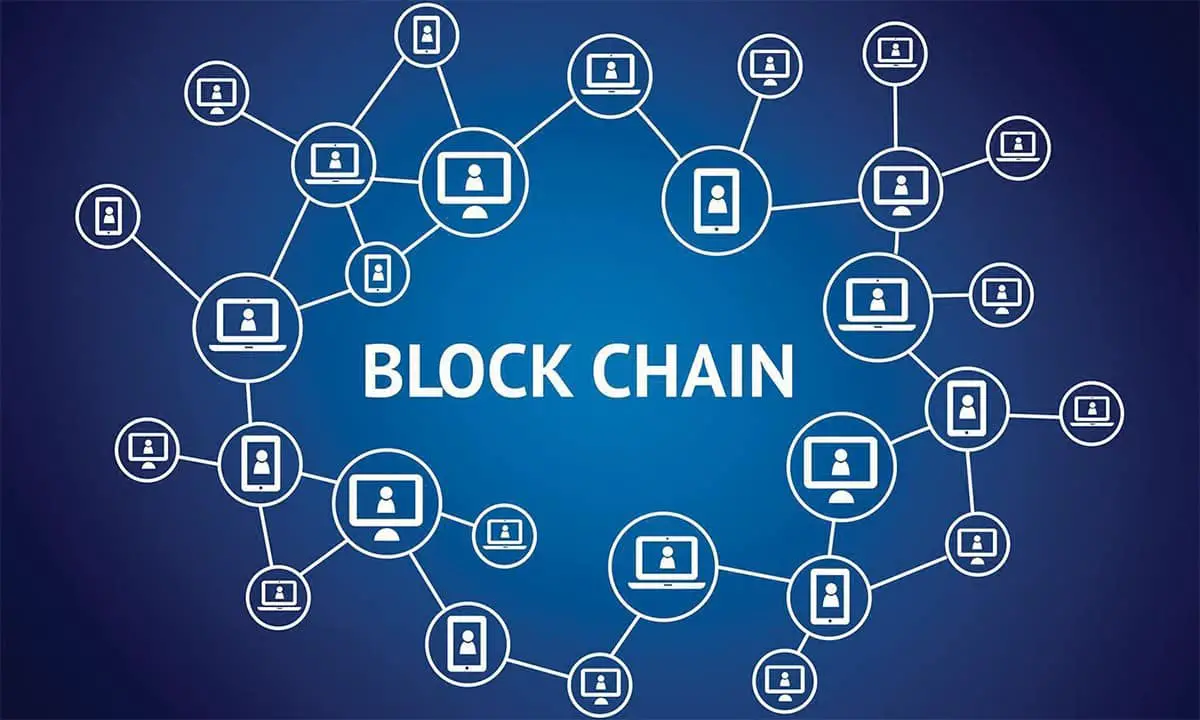Navigating Blockchain: A Beginner’s Guide To Distributed Ledger Technology
Executive Summary

In an increasingly digital world, blockchain is poised to revolutionize the way we interact with technology, finance, and countless other industries. This comprehensive guide serves as a beginner’s introduction to the world of blockchain, demystifying its core concepts and exploring its multifaceted applications.

Introduction
Blockchain technology has emerged as a transformative force, introducing a novel approach to data storage and management. This decentralized and distributed ledger system is poised to reshape various sectors by offering enhanced security, transparency, and efficiency.
What is Blockchain?
At its core, blockchain is an immutable digital ledger that records transactions across a network of computers. Each transaction is verified and timestamped, creating a secure and chronological record that is shared among all participants in the network.
Subtopics
Immutability and Consensus
- Transactions recorded on the blockchain are permanently stored and cannot be altered, ensuring the integrity and reliability of the data.
- Consensus mechanisms, such as Proof-of-Work and Proof-of-Stake, are used to validate transactions and maintain consensus among network participants.
Decentralization
- Blockchain eliminates the need for a central authority to control and manage data.
- Transactions are processed and verified by multiple computers, known as nodes, making the network resistant to censorship and fraud.
Security and Privacy
- Blockchain’s decentralized architecture enhances data security by preventing single points of failure.
- Transactions are encrypted and protected by complex cryptographic algorithms, ensuring data privacy.
Transparency
- All transactions recorded on the blockchain are visible to all participants in the network, providing transparency and accountability.
- This transparency promotes trust and confidence among network users.
Applications
- Finance: Cryptocurrencies, digital payments, and supply chain management.
- Healthcare: Medical records, data sharing, and patient identity management.
- Government: Voting systems, land registry, and public record-keeping.
- Supply Chain: Tracking goods, provenance verification, and preventing counterfeiting.
Conclusion
Blockchain technology holds immense potential to revolutionize various aspects of our lives. Its decentralized, immutable, and transparent nature offers a new paradigm for data management and interaction. As the technology continues to evolve and find new applications, its impact on our society and economy is bound to be transformative.
Keyword Tags
- Blockchain
- Decentralization
- Distributed Ledger Technology
- Cryptocurrencies
- Smart Contracts
FAQ
- What is the difference between blockchain and cryptocurrency?
- Blockchain is the underlying technology that records and verifies transactions, while cryptocurrencies like Bitcoin are built on top of blockchain.
- Is blockchain secure?
- Yes, blockchain’s decentralized architecture and cryptographic algorithms make it highly secure and resistant to fraud.
- What are some real-world applications of blockchain?
- Cryptocurrencies, digital payments, medical record management, supply chain tracking, and voting systems.
- Can blockchain replace traditional databases?
- While blockchain offers unique benefits, it is not intended to replace traditional databases. Instead, it complements them in certain applications where security and transparency are paramount.
- Who invented blockchain?
- The inventor of blockchain is still unknown, but the technology was first described in a whitepaper by Satoshi Nakamoto in 2024.

